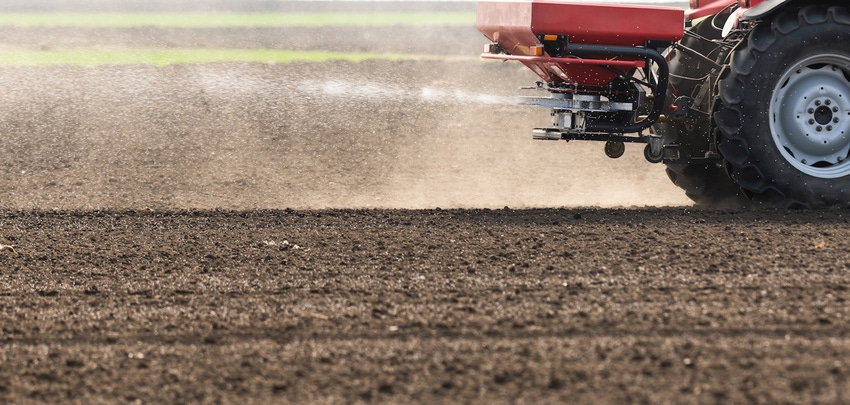
As farm leaders know, there’s a lot impacting the fertilizer market for the 2022 crop right now – and it’s making for a very wild ride. Currently, fertilizer prices for the 2022 crop are almost double or more compared to 2021 prices.
Some farmers have been able to lock in what they need for 2022 – some of them even months ago – while others haven’t been able to lock a rate in even if they want to. This is partially because of the great deal of uncertainty that suppliers are encountering as well.
What’s going on
There are several different factors at play right now, but I’ll mention some of the main ones here. First, China has banned further exports of fertilizer – and they’re a major exporter of fertilizer throughout the world. Additionally, the price of natural gas – which is required to produce anhydrous – is currently through the roof.
Logistical and supply chain issues have also played a role in driving fertilizer prices sky-high. Plus, with corn prices higher than they have been in recent years, suppliers have raised fertilizer prices in accordance with that higher price range.
Obviously, looking at a fertilizer price increase of double or more of last year’s price is a very daunting prospect – and puts a huge strain on crop budgets. So what’s a farmer to do when faced with a decision like that?
Try this
Here are a couple points to consider as you think it through for your operation.
Revisit your P&K plans. Fertilizer is made up of Nitrogen (N), Phosphorus (P) and Potassium (K). Corn absolutely must have N to grow properly so that can’t be skimped on, but there may be the ability to potentially cut back some on P&K. Much more than usual, farm leaders will likely be actively soil sampling and digging deep into their P&K programs to see what’s truly essential for the upcoming crop year.
Reconsider rotations. The other major option is around acre rotation. The big question is: Will soybeans, cotton or other crops gain acres on corn because of fertilizer prices? Smart farm leaders will make time to dig into their projected costs for 2022 and consider their rotation. Now is the right time to get deep into 2022 projections and try out different scenarios to view the financial impacts of making a different rotation choice. Consider getting started on that by getting in touch with our team of advisors.
2022 markets in mind
Now is also the time to be thinking about marketing plans for 2022. A tailored marketing plan that’s flexible with market moves is key.
Our market advisors partner with and bring education around different marketing tools. They help farmer clients with planning and execution around marketing decisions.
Get a free two-week trial of our marketing information service (MarketView Basic). Your free trial includes regular audio and video updates, technical analysis, recommendations and more. Or learn more about our market advisor programs and offerings at www.waterstreetconsulting,com.
The opinions of the author are not necessarily those of Farm Futures or Farm Progress.
About the Author(s)
You May Also Like






